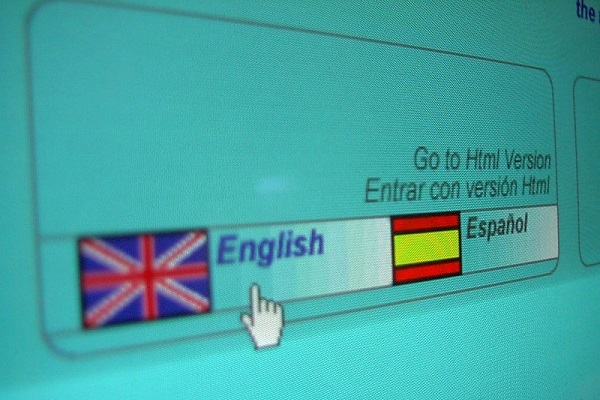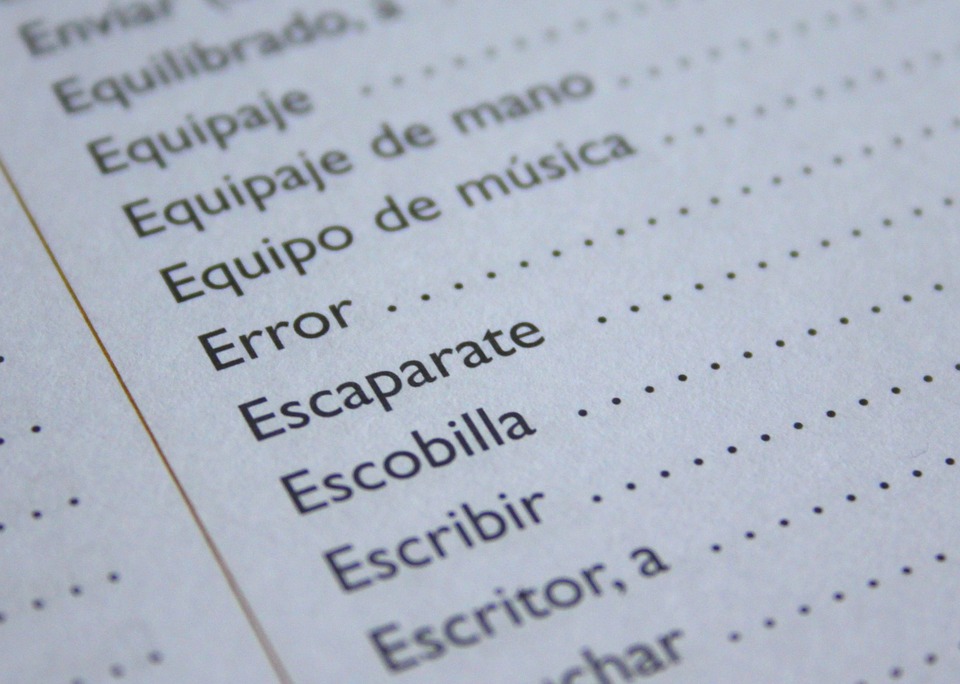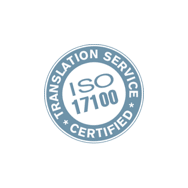What Is Transcreation? Should We Bother?
What is transcreation? How is it different from translation? Should I be hiring a translation team or transcreation team? Should I have both? What if I choose the wrong one?
Not to worry, those are exactly the questions we are here to answer. But first, to understand what transcreation is, we should look at translation.

What is translation?
In its most basic form translation is the process of translating what is being said in one language into another. English to Spanish, Danish to French, Korean to Greek. Everyone knows that, right?
What people don’t often know is that there is much more to it than simply taking each word and changing it into that word in another language and a different target market.
Most translators will add their own judgement and skill to recreate the same message that carries the same essence of what the original author means. And they do a far better job of it than say, Google Translate. It is not as simple as word-for-word translation.
To sum up, translation is using judgement and skill to translate a message in one language, to the very same message in another language. A good translation is essential if, for example, you want to expand into new markets and approach different target audiences.
What’s important to note here is the distinguishment between translating words and translating meaning. If you’re needing copywriting done or some content for a new marketing campaign – it can be incredibly useful to hire a translation agency that specialises in creative translation, translation services and even the transcreation process.
Although your team might be proficient enough to roughly translate something from the source text – they’ll need a lot of contextual and market knowledge to actually create a text that appeals to the local market.
Okay, so that’s translation. What about transcreation?

What is transcreation?
Transcreation moves beyond direct translation.
It does this by translating and recreating the original message whilst keeping its creative and emotional intent intact as it transpires across the different cultures and languages.
If this sounds complicated, it’s because it is. Ultimately it’s down to three things; the purpose, the people and the process.
Purpose Of Transcreation
Transcreation is largely used by advertising, marketing and media professionals to refer to the process of translating and adapting a creative message from one language and culture, to another.
It aims to maintain the original message’s intent, while also remaining true to the spirit of the brand or company through style, tone and context. Think Ikea. It has a clear and strong brand identity. It may alter its advertisements to different countries and cultures but it will still keep the brand identity strong.
The goal of transcreation is to keep the spirit of the original message but to adapt it to a new audience’s culture, this is particularly something that is important in copywriting and when creating marketing materials. Keeping it so it resonates and elicits the same reactions and emotions in the new language and community as it did with the original audience, regardless of their linguistic and cultural background.
This can involve significant changes to the original message. Or even result in the creation of new imagery, branding and copy to do so.
As we see it, the main difference is that while translation says the same thing just in another language, transcreation attempts to bring about the same feelings and results by saying something different.
Successful transcreation is hard and you might find it helpful to have a chat with an agency that offers transcreation services and marketing translations.
People Of Transcreation
Because there are so many different aspects to transcreation is requires different sets of people, with different sets of skills.
Because transcreation isn’t as simple as changing words into another language, the person doing the transcreation must understand the intent of the original message.
The transcreator also must be aware of the cultural differences and sensitivities. It works well to have a number of different people working on the transcreation project. Linguists, copywriters, marketing creatives, translators, SEO professionals to name but a few.
A linguist, for example, or a native speaker, would be able to provide insights and locale guidance to the targeted culture.
The copywriter or creative can then take this information and turn it into a powerful message. One that impacts and resonates with the audience.
Sometimes if you’re lucky, a person can be both of these things. As a rule of thumb, if language, culture, creativity and marketing is addressed, then it should be a successful campaign.
Process Of Transcreation
To undertake a transcreation project or campaign there needs to first be a thorough understanding of the intent and purpose of the message being transcreated.
Secondly a deep-rooted understanding of both the original culture and the culture of the new audience.
And thirdly the skills to translate and create a new creative campaign in the target language and cultural sphere.
To understand the intent and purpose of the message is vital. The message needs to resonate and impact as effectivity with the new audience as with the original.
The transcreation campaign must understand how the sender wants the audiences to feel. What emotions and desires they want to arise from them. And ultimately what calls of action they should take.
Understanding these motives behind the company’s message will form the bigger picture. The next step is to mould it to the new audience.
Understanding both the original culture and how they accept the message is vital to understand the intent, style and tone that it is trying to achieve.
Only a team with a deep understanding of both of the cultures can transcreate the message to achieve the biggest impact. Different cultures have different idioms, quirks and wordplay that marketers can play on, not to mention sensitivities they should avoid. It’s mega important that whoever carries out the transcreation has a strong understanding of the cultural references as well as what original meaning or intent he or she is trying to purvey.
The third point is what really drives the campaign home.
When people have the skill to not only translate the language, understand the intent and the culture, but to create an effective creative campaign. One that has an impact and still contains all the original values.

Translation vs. Transcreation?
By now I hope you understand the differences between translation and transcreation, if not, leave us a comment.
If your company is wanting to market your services overseas you need to consider whether your copy and messaging would be best dealt with by a translation team or a transcreation team. If you aren’t sure – we’d be happy to have a talk to you and offer our expertise.
If you are confident that your message can be simply translated with some localisation thrown in then go for it. However, if you think your message won’t transpire across cultures and important points might get missed, transcreation is the best option.
In either case, you want to make sure your message is delivered effectively and appropriately.
If you are unsure it is best to seek out professional advice to talk over what is best for you.
Get in touch today and let us help you find an expert that can help you take your company to new heights.
Last updated 3/10/2019





